COVID-19 notwithstanding, the National Hockey League (NHL) may now be poised to experience renewed growth in popularity.
With the addition of the Vegas Golden Knights and their stunning debut season in 2017 as well as the Seattle Kraken coming in 2021, pretty much every major market on the continent is represented. Also, there are few truly weak franchises in the league. There is also apparent labour peace between the two organizations that make up the league, the NHL franchises and its board of governors, and the players association (NHLPA) made up of all 750-plus NHL players.
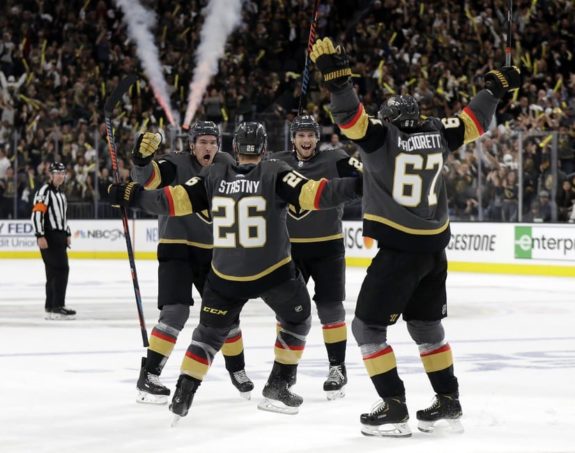
Labour peace and doing business in all major markets are criteria that the broadcasters look at to inform their contract negotiations with the league. The broadcasters want the biggest possible audience size so corporate advertisers know that their brand will be represented across the board, nationally as well as internationally.
At 32 Teams, Is the Talent Pool Watered Down?
In 1979, it seemed as though the 21 teams that made up the league was just about enough without watering down the talent pool, but that was at a time when most of the players hailed from one country: Canada. That year, the NHL was populated by 547 Canadians or 73% of the league — today with 31 teams, 413 Canadians play out of approximately 750 in total or 55%. This trend will continue for the betterment of the league and hockey as a whole.
Related: A Blackhawks’ History – Irrelevance to Prominence & Back Again
With growth of the sport internationally, there is growth in the viewing audience and the depth of the talent pool. While Canada continues to be a dominant force internationally, The US, Germany, and Switzerland have improved greatly, which adds to the source of players to draw from.
Thirty-seven years since Victor Nechayev gave the NHL a whirl for the Los Angeles Kings and over the past 20-plus years hence, Russia, Sweden, Finland, Slovakia and the Czech Republic have become major contributors to the hockey talent that plays in the NHL. Let’s not forget that there is also some good talent currently playing in Russia’s Kontinental Hockey League as well as the Swedish Hockey League. Those leagues are proving grounds for prospective top-level talent at least on par with the American Hockey League, if not better.
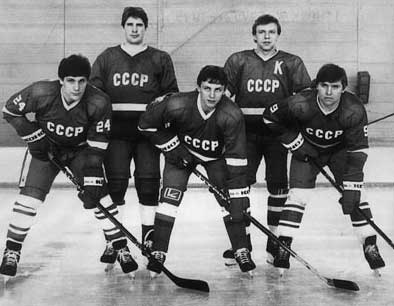
Thanks to the Magellan effect of Wayne Gretzky’s exploratory mission to Los Angeles in 1988 — he being one of hockey’s all-time greatest ambassadors — along with rogue billionaire owner Bruce McNall, hockey became a hot commodity in Southern California during the 1990s. Following the Gretzky move, the league was smart to accept Disney and the Mighty Ducks of Anaheim (Anaheim Ducks) in 1993. Rollerblading (inline skating) and the popularity of roller-hockey during the ’90s all helped conspire to put the game in the same conversation as the NBA, NFL and MLB in the US.
US Television Came Calling
The NHL’s 10-year, $2 billion deal with NBC will expire by the end of 2021. Smartly, the NHL is holding off all negotiations for television contracts for the remainder of 2020, auspiciously waiting out how the NFL contract negotiations go.
The NFL has little room to grow in North America. It’s the biggest game money-wise and perhaps has claimed about as much market share that they could possibly stake. With controversies due to an apparent weak attempt to manage performance-enhancing drug use policies, owners who are mixed on the racial tensions to do with athletes taking a knee during the national anthem, and the head trauma-linked-suicides story that just won’t go away, the NFL isn’t growing.
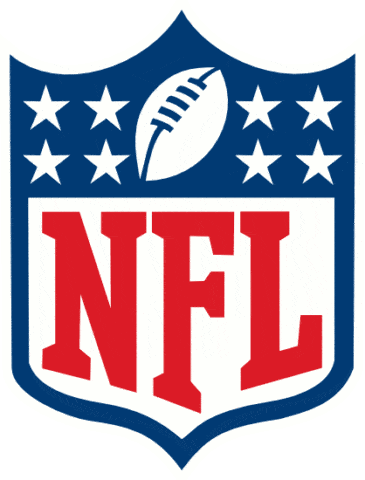
Saying that, I highly doubt that the league is going to suffer greatly. Those who love the NFL, those core fans, are aplenty and they are devout.
The NBA is a game that can market the top personalities more effectively than the NFL and NHL are able to as spectators can easily identify a player by his look, shape, swagger and even tattoos. MLB enjoys a similar benefit, and as the national past time in the US, baseball also isn’t going anywhere. Taking in a baseball game is a social affair; it’s a day at the park.
The Value of the Hockey Audience
A demographic study of hockey viewers done during 2014, suggests that hockey fans are typically more educated, have better jobs, earn more money and are more discerning in lifestyle choices than are the fans of the other big sports. For the advertisers to associate a brand with the right audience, hockey lends itself to a cut above the NFL — sorry football.
According to the survey (by Sports Media Watch) that was published in part by The Atlantic, the NFL has the biggest audience, the NBA has the youngest audience and MLB has the largest male audience at 70%. It looks like baseball has room to grow too if they can attract female viewers (tip: stop grabbing your crotch).

The survey indicates that the NHL audience is the richest of all professional sports. One-third of its viewers make more than $100k annually, compared to about 19 percent of the general population. The broadcasters will want to make the data from the survey available to potential advertisers.
Coverage Area
Seattle is a good-sized city with a metro population of nearly four million people and a state-wide population of 7 million. The franchise will be smart to reach out state-wide to hockey fans from Spokane down to Kennewick and from Portland, OR (until they get a team of their own) north to Port Angeles, like the Vancouver Canucks have so successfully done in British Columbia.
Related: Hockey History – the NHL ‘Second Six’
The Canucks — the closest team to Seattle — are BC’s team. Fifty years of reaching out to the population province-wide have given the Canucks a loyalty that has at times reached a fever pitch with two vigorous riots to back up that claim. They hold one of the longest consecutive sellout streaks in NHL history at 474 games from Nov. 14, 2002, to Oct. 18, 2014. For a non-original-six team, their fan base is staunchly loyal. For what it is worth, the longest sellout streak in NHL history belongs to the Colorado Avalanche at 487 games (including playoffs) from Nov. 9, 1995, to Oct. 16, 2006.
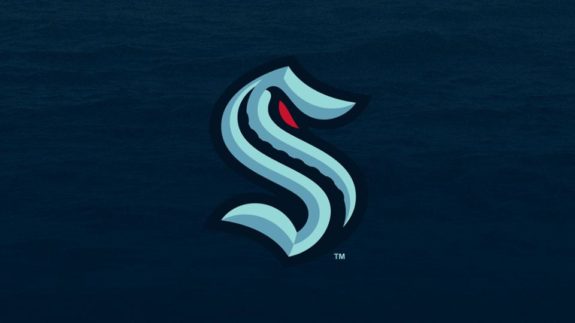
The Pacific Northwest where Seattle is located is kind of the last outpost on the US broadcaster’s map to be filled by the NHL.
The NBC Deal
NBC has stated that they — having first right of refusal — want to remain in bed with the NHL. They have suggested at times that they would like to return to broadcasting the games on a regular basis, with ESPN as well as a tech company, so that streaming, sharing, highlights and broadcasting of the sport will closely resemble the treatment that the NBA, NFL, MLB and MLS get.
That demographic study by SMW is partially what is driving the loyalty from the broadcaster. As the Board of Governors’ president Gary Bettman has so carefully nurtured the league. It is now everywhere in North America that counts (in his books) and therefore is more attractive to a broadcaster — so, the Seattle deal couldn’t have come at a better time.
From the state of Florida to the province of Quebec, to BC and down to Southern California and over to Texas, the primary markets that the NHL has not entered are Kansas City, MO and Quebec City, QC, which both previously had teams as well as Portland, OR.
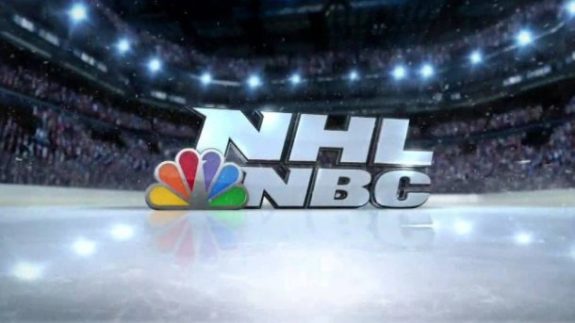
The league probably shouldn’t go to 35 teams — however, a shuffling of locations, which is a complex undertaking, would be worth considering. Perhaps the state of Florida needs just one team. The Lightning are more successful on the ice and at the gate, perhaps the Panthers could move to Portland, Kansas City or Quebec City. Is Phoenix right for hockey? So far, they have only proven to be a cheap ticket and a short winter getaway for fans of the Oilers, Canucks and Flames. As for the Phoenix area, the Golden Knights now have the desert market area covered, flanked by Dallas and the LA-based teams.
Why Quebec City?
The NHL learned the hard way that Atlanta was never going to be a hockey city. Even Gretzky would not be able to save that franchise. With a metro population of over five million people to draw on, they could never sell out the arena during the days of the Atlanta Flames nor the Atlanta Thrashers.
Related: A Brief History of Rinkside Advertising
In Winnipeg, a city that never deserved to lose their team, sold out the Thrashers-cum-Jets in minutes when the move was announced and the tickets went on the market. They continue to sell well. Winnipeg is a hotbed for hockey. There are two religions in Winnipeg: hockey and hockey, which would you prefer? With a population of barely 800,000, one-sixth the size of Atlanta, the ‘peg proved to the NHL for the second time, that hockey belongs there.
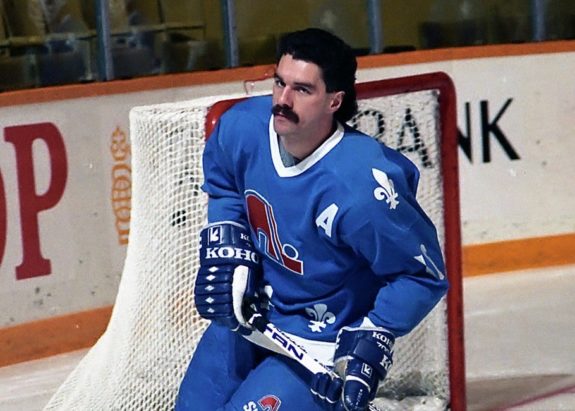
Quebec City is no different and is about the same size as Winnipeg. Neither location is going to lose or gain the NHL a major television contract, but to serve the loyal fan base of these foundational markets, hockey should be delivered in the form of the NHL. In Winnipeg, the fans likely provide the league with millions of dollars in apparel and souvenir sales revenue. Both Quebec City and Winnipeg are foundational hockey markets.
Labour Peace
Finally, a collective bargaining agreement was signed, sealed and delivered between the NHLPA and the NHL (board of governors), without a long, drawn-out soap opera; there is peace at last. Four very public and hard-fought labour disputes over the past 28 years have slowed the potential growth of the NHL. The two sides appear now to understand that both will be better off in all ways if they come together as they have in 2020.
In 1992, 30 games were cancelled. Two years later just 48 of 82 games were played due to a disruption. In 2004-05, the entire season was completely wasted. And finally, in 2012-13 again just 48 of 82 games were played per team.
The two sides did themselves no favours during the labour disputes and likely alienated some fans.
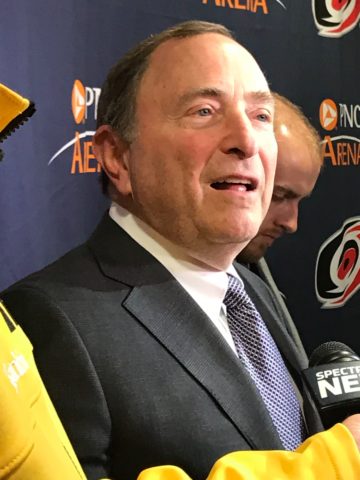
Make no bones about it, a strong NHLPA and a strong NHL is the best scenario for the best professional hockey league in the world. Negotiations for contracts are typically more peaceful when both parties have something to lose. Currently, the league has plenty to lose and are poised to grow the game going forward.
The average player salary is currently close to $4 million USD per season. The Edmonton Oilers’ Connor McDavid is the highest paid at roughly $19 million.
In 2019, Forbes reported that NHL franchise worth grew by 6% in one year to an average of $667 million USD, with the New York Rangers topping the list at $1.65 billion.
Regardless of the wonderful state of the game on the ice, the league is in a good position to grow its audience going forward. Should the 2020 COVID-19 Stanley Cup Playoffs prove to be as exciting as anticipated (sans spectators), expect the following regular season to be beginning of a new era of growth.